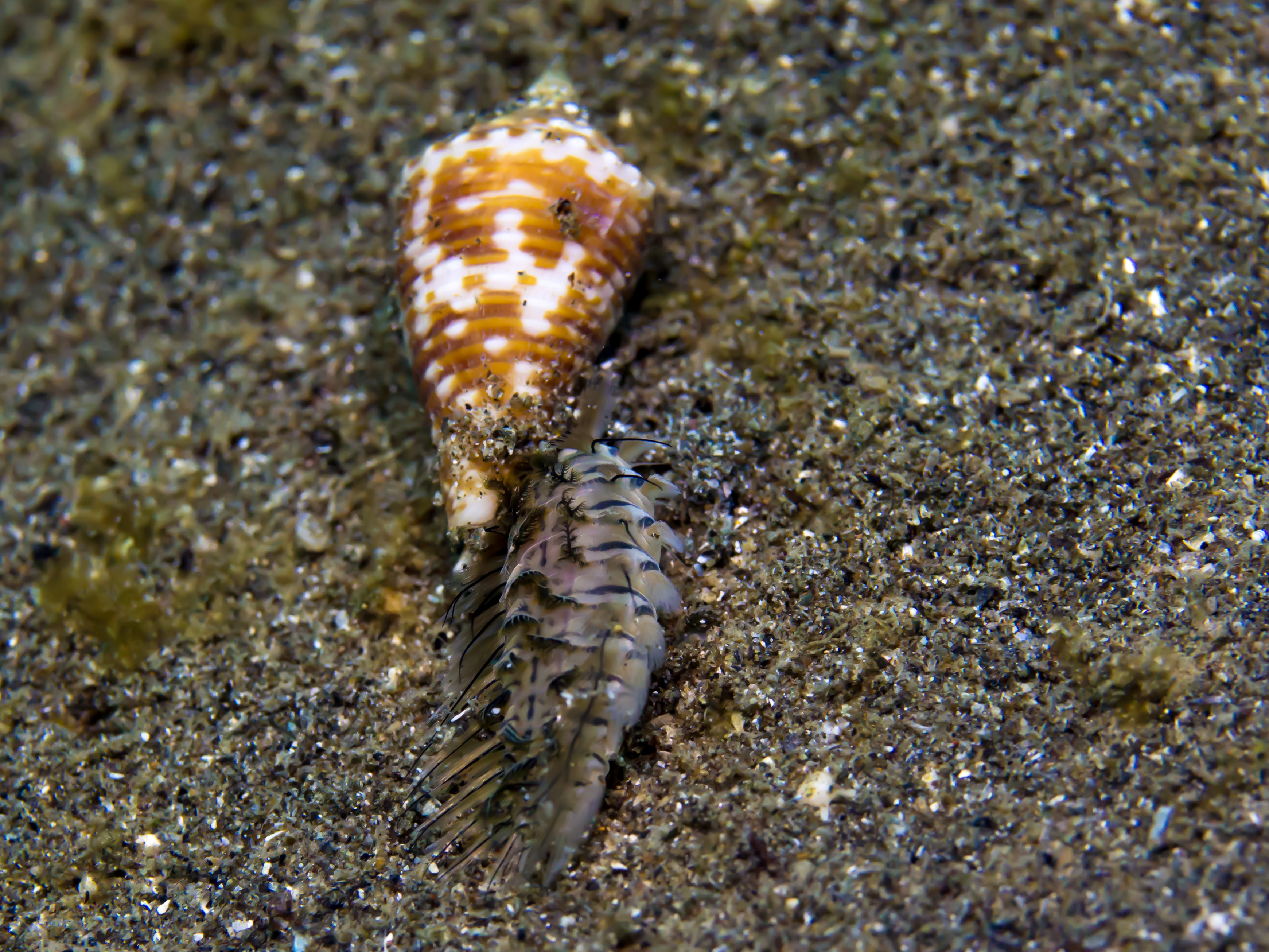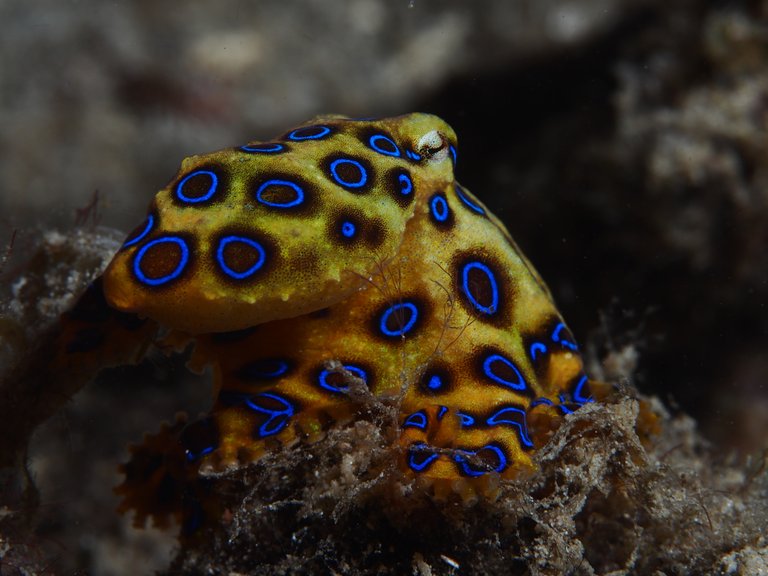Cute Animals Can Cost You Your Life (Medical Case Study)
It is very possible to go the beech to spend time with your family, only to see a shell and you decided to pick it up because it looks beautiful. What is going to the beech without picking up some sea shells you tell yourself only for you to realize after searching the internet that you were just lucky to have survived dropping the creature with your life intact.
While the beach is a good place to enjoy oneself and relax, there are certain animal that touching them could become a matter of life and death or rather become a case of dead on arrival, and one of them is the Cone Snail. You do not believe, let me share a story of a person who got stung by the cone snail.
_eating_a_fireworm._(1_2)_(32485371395).jpg)
In 2015, a crew member from a ship decided to take a walk on the stung on the shores of Whitsunday Island off north Queensland when he was stung by a cone snail. He didn't take it serious at first since it was the snail's harpoon that pierced his skin but not quite long, he began to feel excruciating pain from the pierced area and began to call for help. he was lucky enough to be rescued but if there were no people around to call paramedics, who took him to the hospital, he would have died as his respiratory system was shutting down.
The cone snail is a carnivorous snail from the Conus genus. The snail can grow up to 9 inches and are found in ocean waters including the red sea, the Caribbean and the pacific. They hunt at night and go into hiding in the day while still hunting. At night, they hunt using net hunting while in the day time, they hunt using Hook and line hunting. The hook and line hunting is done via the radular tooth which is a hallow rod housed in the proboscis and the snail fires it to prey.
This deliver a paralyzing toxin into the prey. In the net hunting, the cone snail lures its prey towards it and opens its mouth like a net to catch its prey and when the prey is in it, it fires the harpoon to paralyze the prey. It then dissolves its prey with its acid when it is in its mouth and releases the waste which are bony.
When cone snails fire their Harpoons to fishes, it is an instant death, but for humans it can take up to minutes before the victim start to feel pain, numbness, ischemia, cyanosis, restriction of blood supply, discoloration of toes and finger, necrosis, cardiovascular collapse, coma and death. One cone snail can kill up to 70 people and scientists are still working on understanding the cone snail toxin and surprisingly, each cone snail specie releases unique toxins, so it is difficult to find a vaccine for it for now but if a person is stung by a cone snail, quickly getting them to the hospital is the only way to save such person.

Another sea organism to be scared of it an Octopus and one that is common in some areas of Australia is the Blue ring octopus. The blue ring octopus is known with the genus Hapalochlaena and there are over 10 species of this octopus. The octopus has some spot on its body which turns blue when they are afraid and ready to defend themselves. Its venom when it is about to attack is deadly but when it is about to defend itself, the venom is extra deadly 1000 times more powerful than cyanide known as tetradotoxin which is a neurotoxin.
In September 2006, A boy was brought to the emergency department in Australia after playing with a blue ringed octopus which bite him while he was playing with it. After the bite, the boy threw up three times in 10 minutes, became paralyzed, suffered blurry vision, and respiratory distress. At the hospital he was placed on a ventilator, and other symptoms were treated. The symptoms were treated because there is no vaccine currently for Blue ringed octopus toxin as at currently, doctors can only treat the symptoms.
Post Reference
https://www.abc.net.au/news/2015-06-10/cone-snail-stings-tourist-crew-member-on-whitsunday-island/6533710
https://www.ncbi.nlm.nih.gov/books/NBK470586/
https://animaldiversity.org/accounts/Conus_geographus/
https://www.webmd.com/first-aid/cone-snail-sting
https://www.theatlantic.com/science/archive/2021/03/cone-snail-venom/618270/
https://pubmed.ncbi.nlm.nih.gov/19238736/
https://oceanconservancy.org/blog/2017/03/13/the-blue-ringed-octopus-small-but-deadly/
https://oceana.org/marine-life/southern-blue-ringed-octopus/
https://www.sciencedirect.com/science/article/abs/pii/B9780128015322000106
https://www.marinebio.org/species/blue-ringed-octopuses/hapalochlaena-maculosa
Image Reference
Image 1 || Wikimedia Commons || Cone snail
Image 2 || Wikimedia Commons || Greater blue-ringed octopus (Hapalochlaena lunulata)
Thanks for your contribution to the STEMsocial community. Feel free to join us on discord to get to know the rest of us!
Please consider delegating to the @stemsocial account (85% of the curation rewards are returned).
Thanks for including @stemsocial as a beneficiary, which gives you stronger support.
To think that, snails are supposed to be completely friendly and we can pick them up at will and randomly, but now I know to do better.